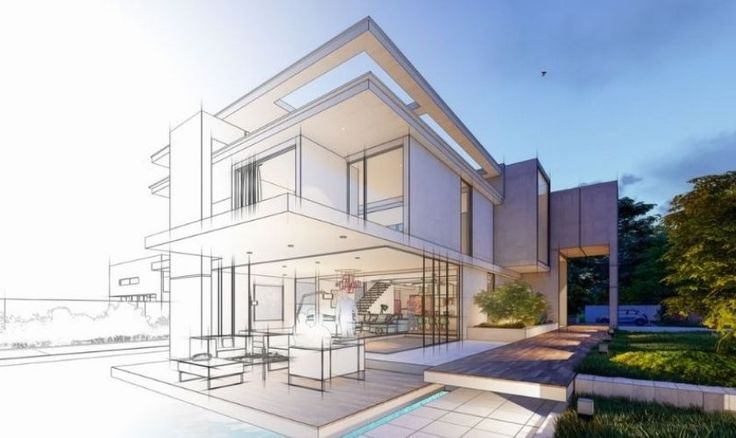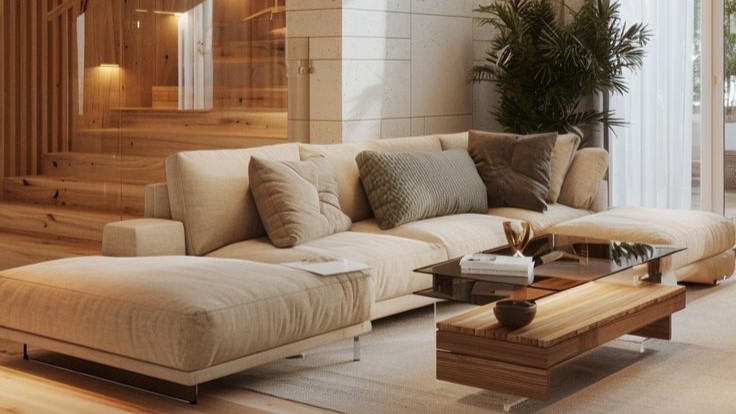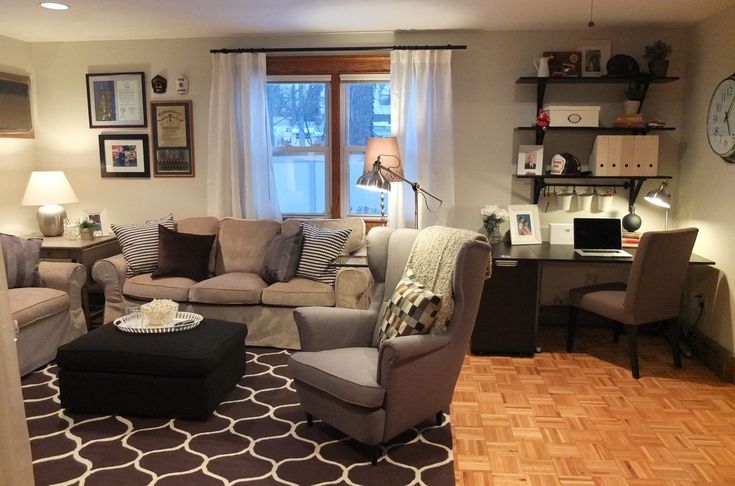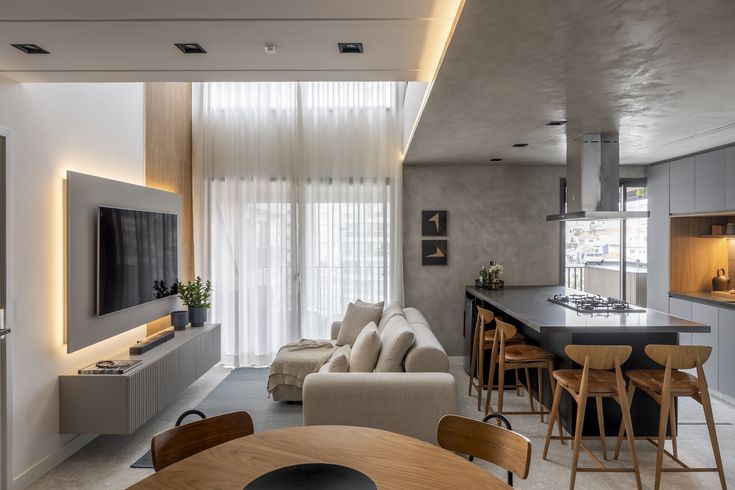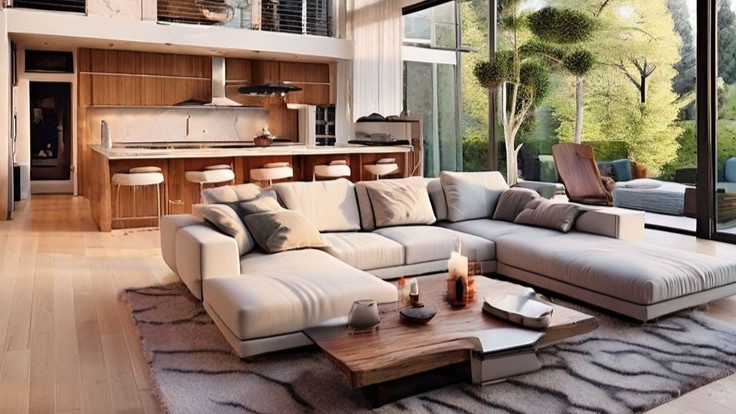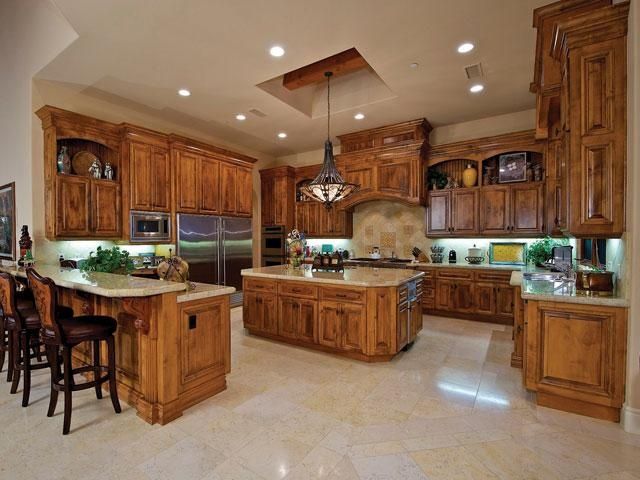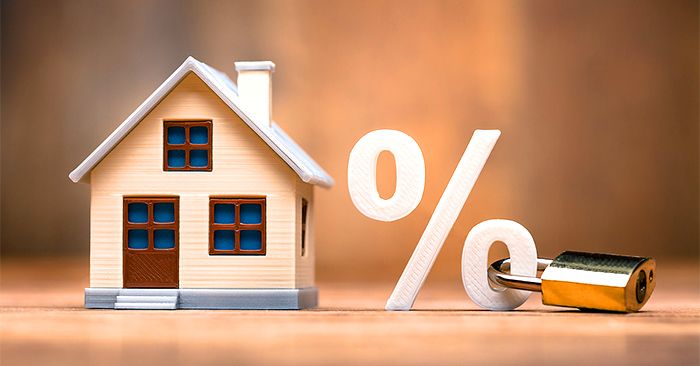Custom Home Building: What You Need to Know Before Starting
Custom Home Building: What You Need to Know Before Starting – Building a custom home is one of the most exciting ventures for homeowners. Unlike buying a pre-built property, custom home building allows you to create a space tailored to your unique preferences and lifestyle. However, embarking on this journey comes with its challenges, as the process can be complex and time-consuming. This guide will walk you through what you need to know before starting a custom home project, covering essential aspects from planning and budgeting to selecting the right team and understanding the construction process.
1. Understanding the Custom Home Building Process
Before diving into custom home building, it’s crucial to understand the process, which typically includes:
- Planning and Design: During this stage, you’ll work with architects and designers to sketch out your dream home. This phase can take several months, depending on the complexity of your design.
- Permitting: Once your design is finalized, obtaining the necessary permits from local authorities is next. Building codes and zoning regulations vary, so it’s essential to be familiar with your area’s requirements.
- Construction: With permits in hand, construction can begin. The timeline for building a custom home can range from six months to over a year, depending on size, location, and weather conditions.
- Final Walkthrough and Inspection: After construction is completed, you’ll conduct a walkthrough to ensure everything meets your expectations and local codes.
2. Budgeting for Your Custom Home
One of the most important aspects of custom home building is setting a budget. Because each home is unique, costs can vary widely based on several factors:
- Land Costs: The location and size of the plot will significantly affect your budget. In urban areas, land is typically more expensive than in rural or suburban areas.
- Materials and Labor: High-quality materials will naturally cost more, and specialized labor for custom details can also drive up costs. Make sure to get multiple bids from contractors to ensure competitive pricing.
- Design Features: Custom homes often include unique features, such as high-end appliances, energy-efficient systems, or bespoke interior finishes. These can add significantly to your overall budget.
- Contingency Fund: Set aside at least 10-20% of your total budget for unexpected costs, such as delays, price increases for materials, or design changes during construction.
3. Choosing the Right Builder and Team
Selecting the right team to bring your vision to life is one of the most critical decisions you’ll make. Here’s how to ensure you hire the right professionals:
- Research Builders: Look for custom home builders with experience in projects similar to yours. Check online reviews, ask for references, and visit homes they’ve previously built.
- Interview Multiple Contractors: Don’t settle on the first builder you meet. Interview several to compare their experience, style, and communication approach.
- Check Credentials and Licensing: Ensure that your builder is properly licensed and insured. They should also be familiar with local building codes and regulations.
- Collaboration with Architects and Designers: Often, builders work closely with architects and interior designers. If you have a specific architect in mind, ensure your builder has experience working in a collaborative environment.
4. Location, Location, Location
The location of your custom home will have a significant impact not just on your lifestyle but also on the project’s logistics. When choosing a plot, consider the following:
- Proximity to Work and Amenities: How close is the land to schools, workplaces, grocery stores, and recreational areas? A great location enhances your quality of life.
- Topography and Soil Condition: Certain plots may require extensive grading, drainage, or foundation work if they’re located on slopes or have poor soil. This could increase costs significantly.
- Access to Utilities: Some rural or remote areas might lack access to essential utilities like water, electricity, and sewage systems, which may require additional work to install.
5. Designing with the Future in Mind
Your custom home should meet your current needs, but also anticipate future ones. Consider these factors in your design:
- Family Growth: If you plan on expanding your family, make sure the home has enough bedrooms and bathrooms to accommodate future members.
- Aging in Place: Think about features like single-story living, wider doorways, or even an elevator for future mobility needs.
- Resale Value: While you may not plan on selling the home soon, think about features that can increase resale value. Energy-efficient systems, smart home technology, and functional floor plans are highly desirable.
6. Sustainable and Energy-Efficient Choices
Sustainability is an increasingly important factor for modern homes. Incorporating energy-efficient and eco-friendly features can help reduce long-term costs and environmental impact. Consider the following:
- Solar Panels: Installing solar panels can help reduce your energy bills and contribute to environmental sustainability. Many regions offer tax incentives for homes with renewable energy sources.
- Energy-Efficient Windows and Insulation: Proper insulation and energy-efficient windows can help maintain a comfortable indoor climate while reducing heating and cooling costs.
- Sustainable Materials: Use eco-friendly materials, such as reclaimed wood, bamboo, or recycled steel, to lessen your home’s environmental impact.
7. The Importance of a Flexible Timeline
Building a custom home rarely follows a rigid schedule. Several factors can delay construction, including:
- Weather Delays: Rain, snow, or extreme temperatures can slow or halt progress on the site.
- Material Shortages: The availability of certain materials may fluctuate, especially during periods of high demand.
- Unforeseen Challenges: Whether it’s discovering unstable soil or needing to rework part of the design, challenges often arise during the construction process.
It’s crucial to remain flexible and prepared for delays, while maintaining open communication with your builder to stay on track.
8. Custom Home Features to Consider
A custom home offers the chance to incorporate unique features that reflect your personality and lifestyle. Some popular options include:
- Home Office: With more people working from home, a dedicated office space with soundproofing and ample lighting is a must-have.
- Smart Home Integration: Automating lights, thermostats, and security systems can improve convenience and energy efficiency.
- Outdoor Living Spaces: Consider creating a seamless transition between indoors and outdoors with a covered patio, outdoor kitchen, or a pool area.
- High Ceilings and Large Windows: These design features can create a sense of spaciousness and allow natural light to flood your home, enhancing comfort and style.
9. Permits and Zoning Regulations
Navigating the permit and zoning process is essential when building a custom home. Every region has its own set of rules, so make sure to:
- Understand Local Building Codes: These dictate what you can and cannot build, such as the height of your home, setback distances, and other design limitations.
- Obtain the Right Permits: Working without the necessary permits can result in hefty fines or delays. Your builder or architect will typically handle this, but it’s essential to stay informed.
- Homeowners Associations (HOAs): If your lot is within a community governed by an HOA, there may be additional design rules to follow, such as approved color schemes or landscaping guidelines.
10. Post-Build Maintenance and Warranty
Once the construction is complete, there’s still some work to be done. Post-build maintenance and warranties are essential considerations:
- Warranties on Workmanship and Materials: Most builders offer warranties covering defects in workmanship or materials. Make sure you understand the terms and coverage period.
- Home Maintenance: New homes require routine maintenance, such as cleaning gutters, checking HVAC systems, and inspecting the roof for any potential issues. Proper care can extend the life of your home and prevent costly repairs.
- Landscaping: Many homeowners choose to leave landscaping until after the home is built. However, it’s essential to develop a plan for maintaining and enhancing the outdoor spaces.
11. Finding Inspiration for Your Custom Home
Inspiration can come from many sources when designing your custom home. Here are some tips to help you gather ideas:
- Home Tours: Visit open houses, home shows, and model homes in your area. Pay attention to layouts, finishes, and features that resonate with you.
- Online Resources: Websites like Pinterest, Houzz, and Instagram offer endless inspiration through photos and design ideas. Create boards to save images that reflect your style and preferences.
- Magazines and Books: Architectural and interior design magazines often feature stunning homes and innovative designs. Browse through them for ideas on layouts, color palettes, and décor styles.
- Personal Experiences: Think about your past living spaces. What did you love about them? What would you change? Drawing on your experiences can help inform your new design.
12. Incorporating Technology in Your Custom Home
In today’s digital age, integrating technology into your home can enhance comfort, convenience, and security. Consider incorporating:
- Smart Home Systems: These can control lighting, heating, security cameras, and more from your smartphone or voice commands. Brands like Google Nest and Amazon Alexa offer various devices that work seamlessly together.
- Energy Monitoring: Smart meters can help track your energy consumption, enabling you to make more informed decisions about energy use.
- Home Automation: Programmable systems can automate tasks, such as adjusting the thermostat when you leave home or turning off lights at specific times.
- Advanced Security Features: Consider adding video doorbells, smart locks, and security cameras to keep your home safe and secure.
13. Dealing with Construction Challenges
Challenges during construction are inevitable, but how you handle them can make all the difference. Here are some strategies to manage potential issues:
- Stay Involved: Regularly check in with your builder to discuss progress, changes, and concerns. Being proactive can help address issues before they escalate.
- Document Everything: Keep a record of decisions made, changes requested, and communications with your builder. This documentation can be invaluable if disputes arise later.
- Be Flexible: Construction projects often require adjustments to timelines and designs. Approach challenges with an open mind, and be willing to compromise if necessary.
- Problem-Solving: If issues arise, work collaboratively with your builder to find solutions. Whether it’s a design problem or a scheduling conflict, a constructive approach will help keep the project on track.
14. Understanding the Timeline for Custom Home Building
A clear understanding of the timeline involved in building your custom home can help set realistic expectations. Here’s a rough outline of the key phases and how long each may take:
- Planning and Design (3-6 months): This phase includes working with architects and designers, finalizing your plans, and obtaining permits.
- Pre-Construction (1-3 months): During this stage, your builder will prepare the site, order materials, and schedule subcontractors.
- Construction (6-12 months): Depending on the size and complexity of your home, this phase can vary. Regular communication with your builder can help keep the project moving forward.
- Final Inspection and Walkthrough (1-2 months): After construction, you’ll conduct inspections and finalize any necessary touch-ups.
15. Financing Your Custom Home
Understanding your financing options is crucial to successfully building a custom home. Here are some common methods:
- Traditional Mortgages: Many people finance their custom homes through conventional mortgages. These loans are typically based on the home’s appraised value and your financial situation.
- Construction Loans: A construction loan is a short-term loan specifically for funding the construction of your home. These loans can convert into permanent mortgages once the home is completed.
- Owner-Builder Financing: If you plan to act as your own general contractor, you may need to explore specialized financing options tailored to owner-builders.
- Home Equity Loans: If you already own a property, you might consider a home equity loan to fund your custom home project.
16. Legal Considerations
Building a custom home also involves navigating various legal aspects. Here’s what to keep in mind:
- Contracts: Always work with your builder to draft a detailed contract outlining the scope of work, timelines, payment schedules, and warranty details.
- Liability and Insurance: Ensure that your builder has the appropriate liability insurance to protect you from potential damages during construction. You might also consider obtaining additional insurance for added protection.
- Homeowners Associations (HOAs): If your property falls within an HOA, familiarize yourself with their rules and regulations regarding building and design.
17. Preparing for Moving In
Once construction is complete, it’s time to prepare for moving into your new custom home. Here are some tips to ensure a smooth transition:
- Utilities and Services: Make sure all utilities are set up and functioning before moving in. This includes water, electricity, internet, and garbage collection.
- Deep Cleaning: Before moving in, consider hiring a professional cleaning service to deep clean your new space, ensuring it’s spotless and ready for your belongings.
- Organizing and Unpacking: Plan how to unpack efficiently. Start with essential items and gradually set up each room, creating a comfortable living space as you go.
- Personal Touches: Once you’re settled, begin adding personal touches, such as artwork, decorative items, and furniture, to make the space truly yours.
18. Post-Move Considerations
After moving into your new home, there are several considerations to keep in mind:
- Maintenance Schedule: Develop a maintenance plan to keep your home in top condition. Regular upkeep can prevent larger issues down the road.
- Home Warranty Follow-Up: If your builder provided a warranty, familiarize yourself with what is covered and how to address any potential issues that may arise.
- Building Community Connections: Take the time to meet your neighbors and integrate into your new community. This can lead to friendships and support in your new environment.
Conclusion
Building a custom home is a complex but rewarding journey that requires careful planning, a realistic budget, and a trusted team of professionals. By considering factors such as location, design, and sustainability, you can create a home that not only meets your current needs but will also serve you well for years to come. Be prepared for a flexible timeline, and make sure to communicate clearly with your builder to avoid common pitfalls.
With the right approach, your dream home can become a reality, providing a unique and lasting space that reflects your personal style and vision.
Building a custom home is an exciting journey filled with opportunities for creativity and personal expression. By thoroughly planning, understanding the process, and collaborating with the right professionals, you can turn your vision into reality. Keep in mind the various aspects discussed, from budgeting and design to technology integration and legal considerations.
Approach the project with flexibility and open communication, and be prepared to adapt to challenges along the way. With patience and diligence, your custom home will not only reflect your personality but also serve as a haven for years to come.
Whether you’re dreaming of a modern minimalist design, a cozy farmhouse, or an eco-friendly retreat, your custom home can become a unique and fulfilling reflection of your lifestyle and aspirations. With careful planning and a clear vision, the home of your dreams is within reach.
